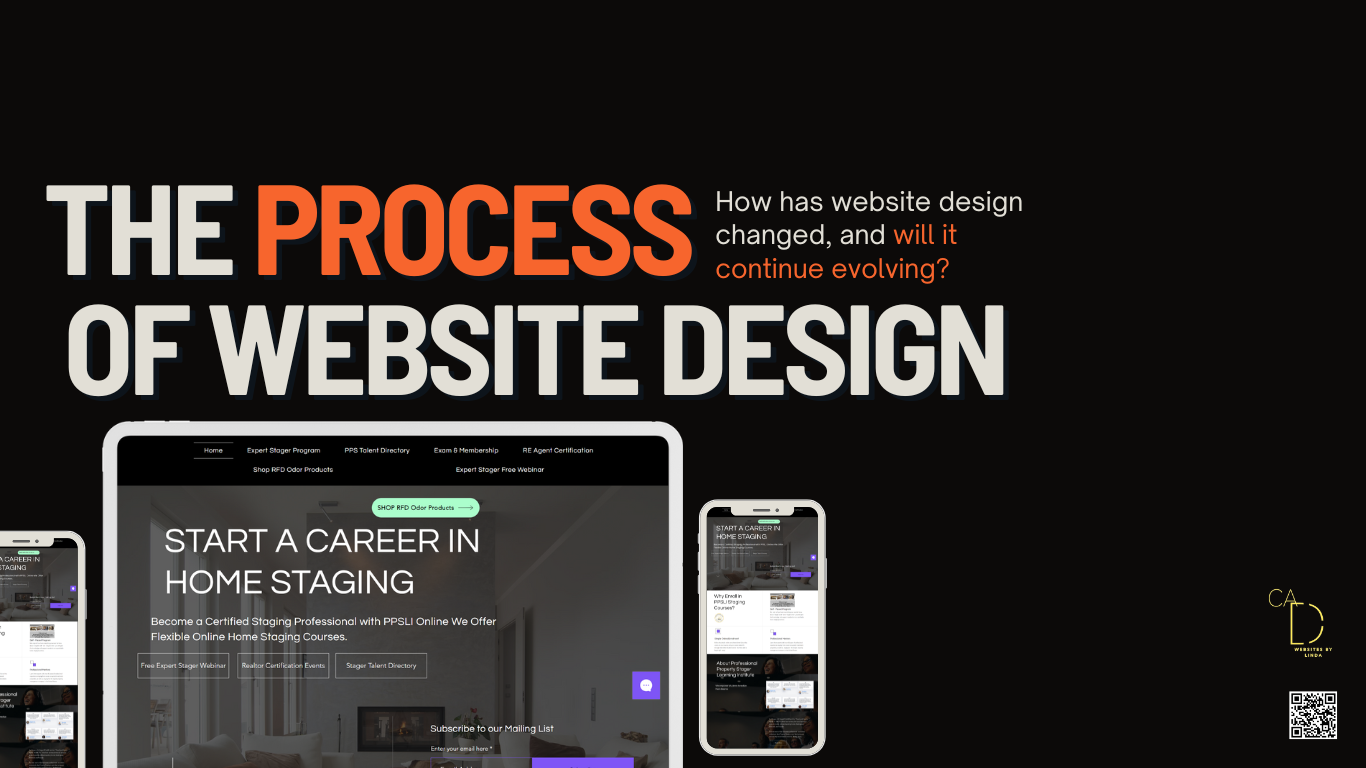

Fullscreen Video Backgrounds: Creates visual impact but requires optimization for performance and accessibility.
Cloud-Based Design Tools and Collaboration: Leveraging cloud-based tools for design and collaboration, facilitating remote work and real-time collaboration among teams.
Graphic Design Integration: This will be represented by custom illustrations, infographics, and unique branding elements within the web layout.
Wearable Technology in Web Design: Expands design considerations to include wearable devices, focusing on minimalism and functionality.
Integrating Wearable Tech Data: Designing web interfaces that integrate data from wearable technology, offering personalized insights and interactions based on health and activity data.
Access to Updates and Support: Template providers often offer regular updates to keep up with the latest web standards and technologies. Additionally, support is typically available, which can be invaluable for troubleshooting or guidance.
Web Design for Accessibility Compliance: Ensuring web design complies with legal accessibility standards, such as ADA and Section 508, to avoid litigation and promote inclusivity.
Personalized Learning Experiences in Web Design: Crafting personalized learning experiences through web design, adapting content and pacing to individual learning styles and needs.
SVGs and Vector Graphics in Design: Utilizing SVGs and vector graphics for crisp, scalable images that enhance visual appeal without compromising loading times.
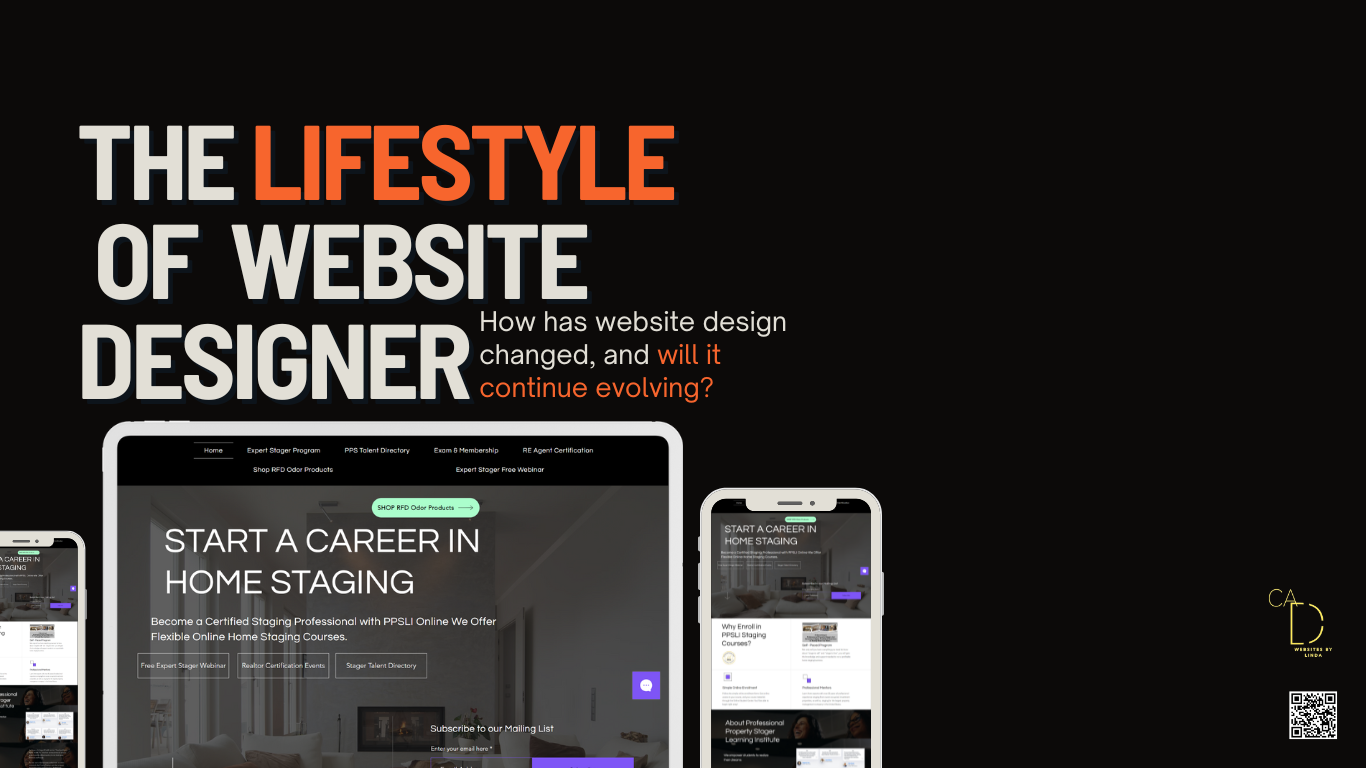
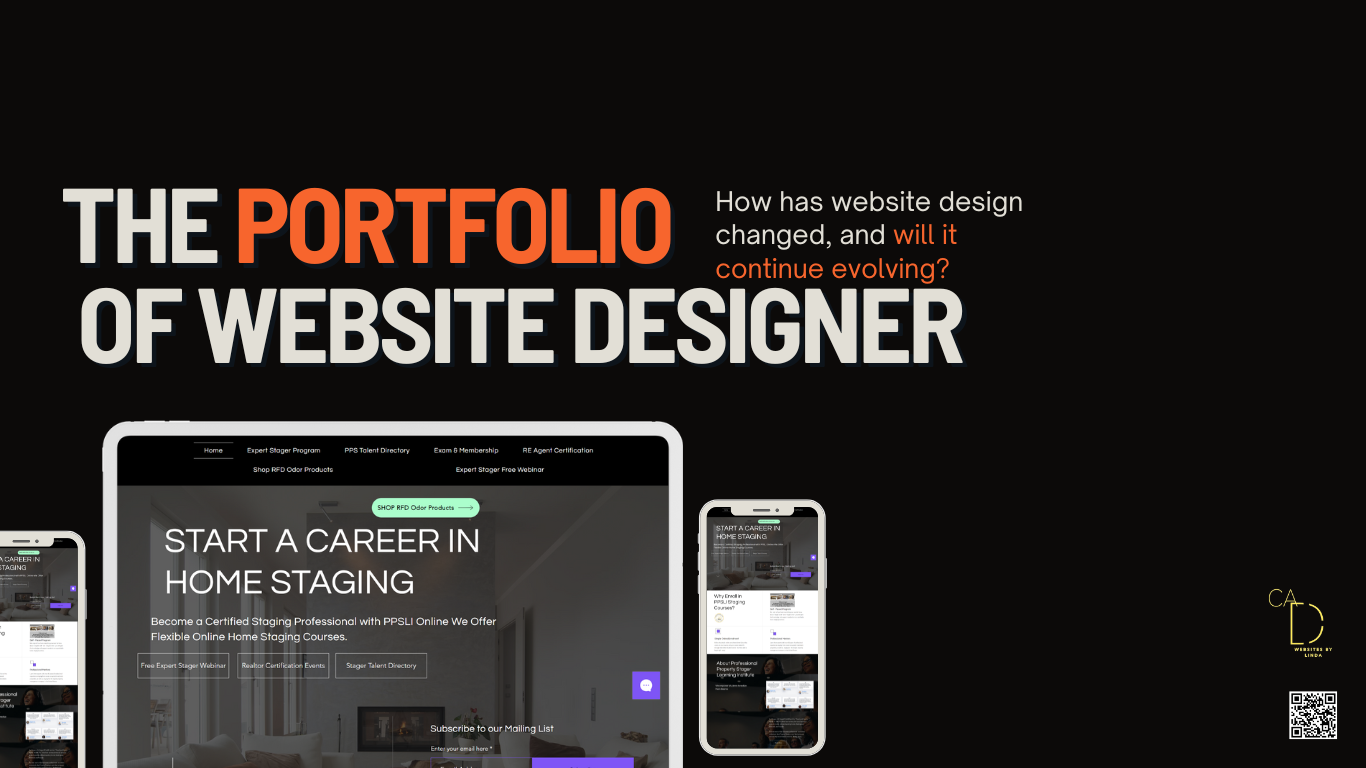
Augmented Reality (AR) Features: Integrate AR features that allow users to visualize web design elements in their physical space. For instance, using AR to project a web layout on a real desk or wall, giving a tangible feel to the design process.
Web Accessibility Auditing: Conducting regular web accessibility audits to ensure compliance with standards and providing an inclusive experience for all users.
Chatbot Advancements and AI Integration: Advancing chatbot capabilities with AI to provide more nuanced and effective user interactions and support.
Emerging Technologies in Web Design: Challenges designers to integrate new technologies like AI, AR/VR, and blockchain, evaluating their value addition to user experience.
Mental Models in User Experience Design: Understanding and designing for the mental models of users, ensuring that the web interface aligns with user expectations and cognitive processes.
Voice Navigation and Control: Implementing voice navigation and control features, enhancing accessibility and offering an alternative mode of interaction.
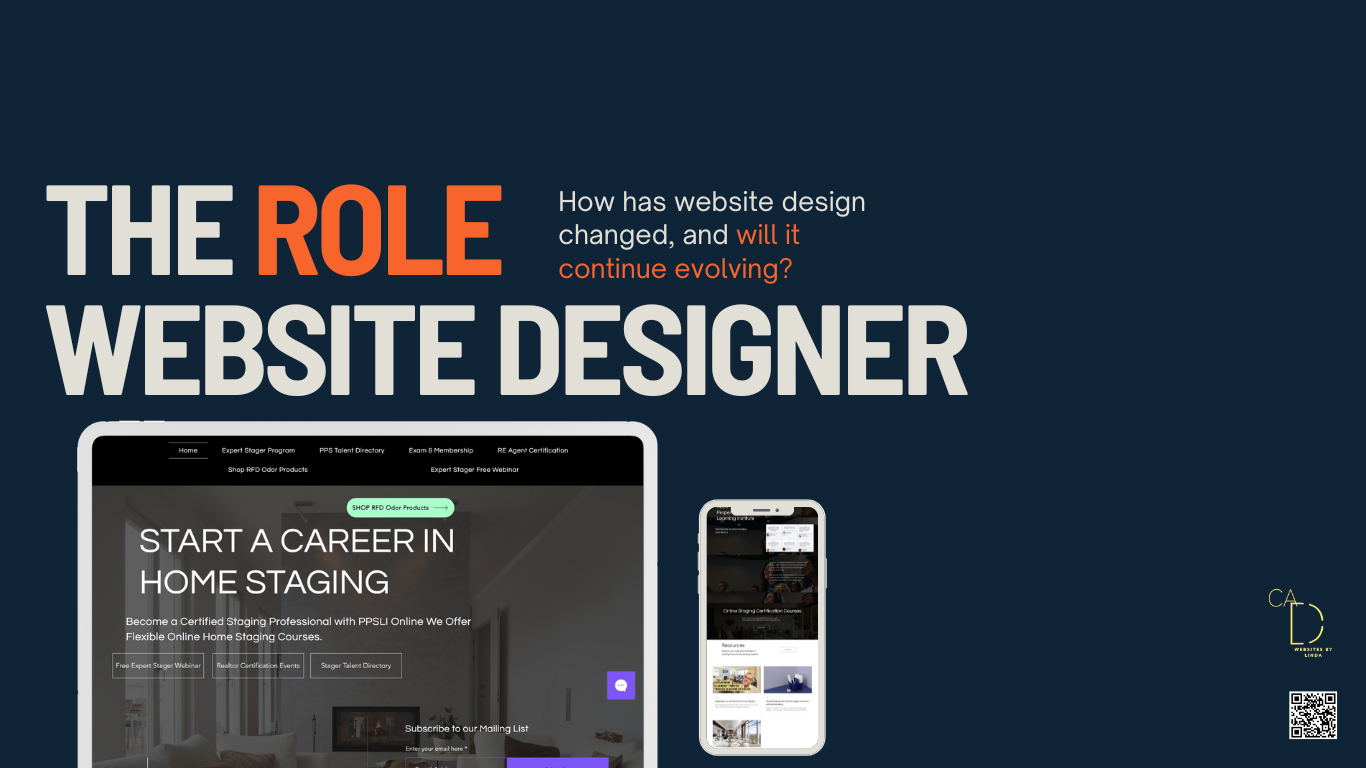

Microsites for Specialized Content: Utilizing microsites to deliver specialized content or experiences, separate from the main website but connected to the overall brand strategy.
Voice UI for E-Commerce: Integrating voice user interfaces in e-commerce sites for convenient voice-driven shopping experiences, enhancing accessibility and user convenience.
3D Graphics and WebVR: Exploring 3D graphics and WebVR to create immersive and interactive web experiences, particularly useful in fields like real estate, education, and gaming.
Cognitive Accessibility: Designing websites that are easy to understand and navigate for users with cognitive disabilities, incorporating clear language, simple layouts, and consistent navigation patterns.
Human-Centered Design Principles: Focusing on human-centered design principles, prioritizing the needs, preferences, and behaviors of users in the design process.
Social Media Integration in Web Design: Bridges websites and social media, encouraging user interaction and content sharing.
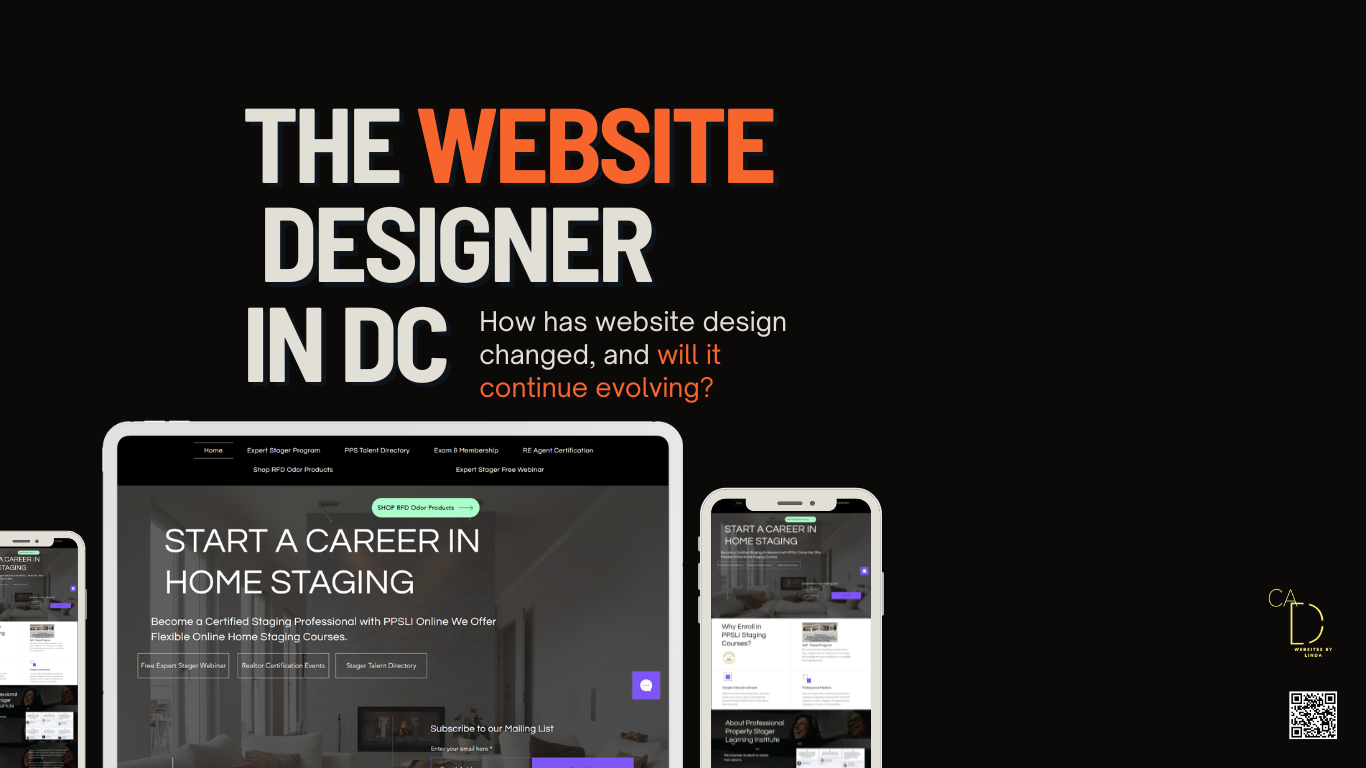
Hourly Rate Reasonably skilled freelance web designers make about $75 per hour. This figure can vary, though, according to CSS-Tricks. Website Builder Expert estimates that the cost to design a website is $30 to $80 per hour, while the cost to actually develop the website is $100 to $180 per hour.
A web designer creates the layout and design of a website. In simple terms, a website designer makes a site look good. They use design programmes to create visual elements and usually have expertise in user interface (UI), which means they strategically design a site that's intuitive and easy for visitors to navigate.
Google Web Designer is a free software tool available for download on both Windows and Mac computers. It does not have any subscription plans or pricing tiers, and users can access all of its features and functionality at no cost.